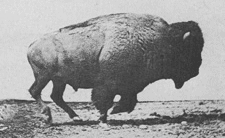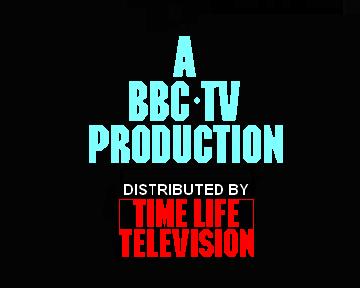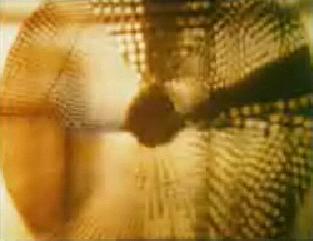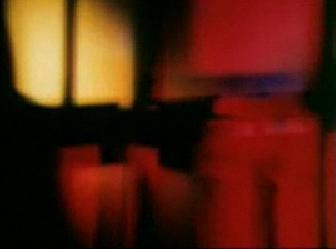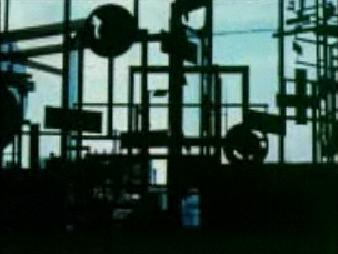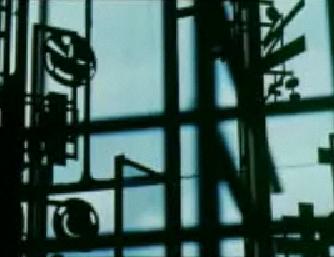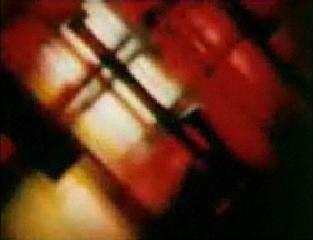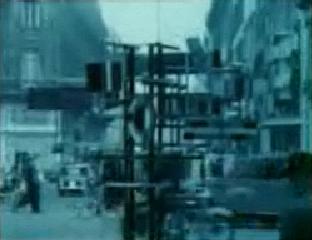THE WORKS OF TINTO BRASS
Spatiodynamisme
(1958)
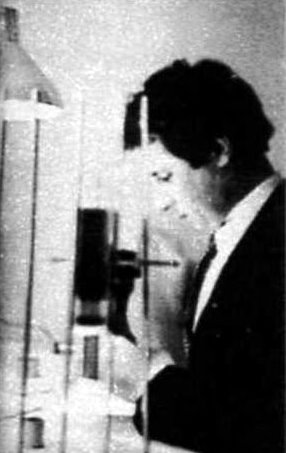
At a film bench in the Cinémathèque Française
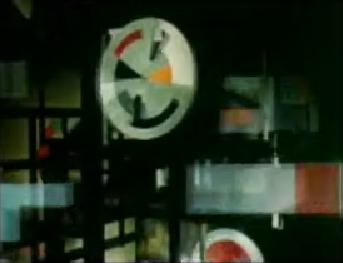 |
Spatiodynamisme is six-minute silent color
16mm record of Nicolas Schöffer’s interactive robotic
sculpture, CYSP 1, which reacted in unpredictable ways to light and color.
The Schöffer Foundation has been trying to gather funds to put this film, as well as the other films of Schöffer’s works,
on home video.
For more information please see:
Apparently these funding efforts were ultimately successful, at least in part.
To my surprise I discovered that a low-resolution video of Spatiodynamisme is now available on
the Nicolas Schöffer Foundation’s web site!
It’s most interesting to study this, especially in the light of Tinto’s later works.
This movie is filled with close-ups that are so close we don’t know what we’re looking at.
When the camera finally shows us a full view, it’s still ambiguous.
The color schemes unquestionably influenced the discothèque scene in Heart in His Mouth
and the wildly spinning girations of the machine’s wheels and propellers were unquestionably what Tinto had in mind
when he was shooting and editing Danilo Donati’s ludicrous killing machine in Caligula.
The light show finally gets so intense that it is difficult not to think of the final section of 2001: A Space Odyssey,
in which Dave Bowman suffers an induced hallucination that causes him (and us) to perceive that he is being accelerated through the galaxy.
No, there was no direct influence, as I’m quite certain that no one who worked on 2001 ever saw or even knew about Spatiodynamisme,
but the thoughts were in the air (cases in point:
Jordan Belson’s
Samadhi of 1967 and Music of the Spheres of 1977).
Also check out “Nicolas Schöffer et la musique” for an announcement of a double CD.
The second disc, entitled Musiques pour Schöffer, lists Tinto Brass among the composers.
To the best of my knowledge, Brass is not even a musician, much less a composer.
It would have been interesting to see what this turned out to be, but I don’t think it was ever released.
The credit is probably a typographical error.
If we return to the Schöffer web site,
we see that a subsequent experimental CYSP short, Mayola,
lists the music as being by Tinto Brass.
But when we click on the movie to watch it, the music is credited to somebody else whose name I can’t make out.
I have been unable to discover if Brass worked on any other short films while in Paris, though I suspect he did.
If you have any information on this, please contact us.
WE MISSED IT. TWICE. As usual, I’m hopelessly behind the times.
Spatiodynamisme was presented at the
Sonic Light festival,
13–23 February 2003,
along with at least one other of Schöffer’s films,
Luminodynamisme. And then there was another screening on
29 April.
I wish I had known about these ahead of time....
MUSING: I could be wrong, but I think I’m right.
Many moons ago when I was a theatre minor at UNM in Albuquerque,
I took some lighting classes from John Malolepsy,
one of the few university instructors I really liked and really learned from.
He was interested not only in theatrical lighting, but all light, everywhere.
He had a magnificent book that set him back a thousand dollars.
Periodically he would pull it out for us and it was like no other book I ever saw.
It was in a wooden case, and the pages were loose, in slots.
Each page consisted of a different color of card-stock paper, in different shapes and sizes.
John would display one piece for us, and ask us what color it was.
“Red.” “Red.” “Red.” “Red.” “Red.” “Red.” “Red.”
We all agreed: “Red.”
Then John would take out another page, and place the first piece of paper on top of the second piece of paper,
and ask us again.
We were all stunned. “Blue.” “Blue.” “Blue.” “Blue.” “Blue.” “Blue.”
A few weeks into one of his courses, and I could see colors everywhere that I never knew about before.
Finally I understood how African tribesmen could distinguish an almost infinite variety of browns on their bovines
where visiting anthropologists could distinguish only one.
John insisted that full-spectrum lights were superior to regular fluorescent tubes.
He demonstrated the difference, and I had to agree.
(The claims of health benefits are generally regarded as discredited.
No matter. The full-spectrum lights, even if they are just as deleterious, are at least easier on the eyes.
I have to agree with that.)
John passed around magazines that published photos of lighting competitions.
By lights and makeup alone, a designer could make a live model on a set look exactly like a water color or an oil on canvas.
Astonishing.
John would entertain us for hours with his stories of light.
If memory serves, he told us about CYSP, though I don’t know if he mentioned it by name,
but I do seem to recall him telling us about this bizarre robot that danced around in response to light and color.
¿Life is one huge circle, que no?
Spatiodynamisme
| Robotic CYSP-1 sculpture created by |
Nicolas Schöffer |
| Producer |
Henri Langlois,
for the Cinémathèque Française |
| Director |
Tinto Brass |
|
